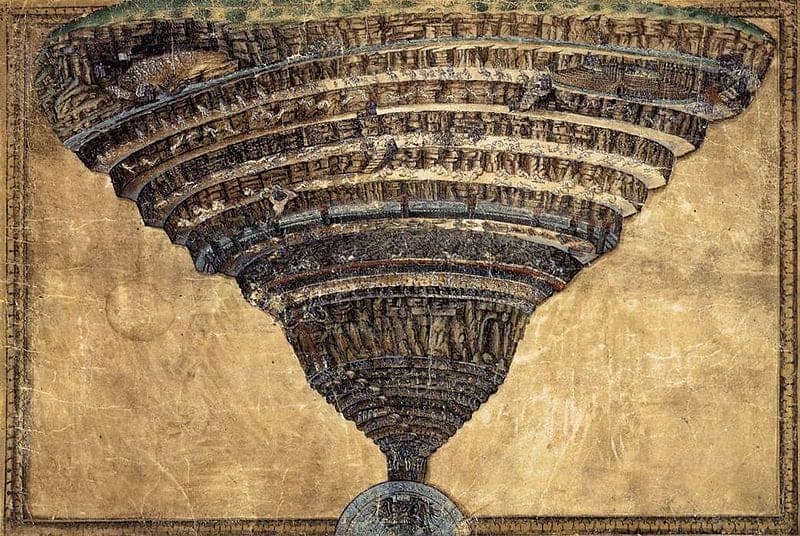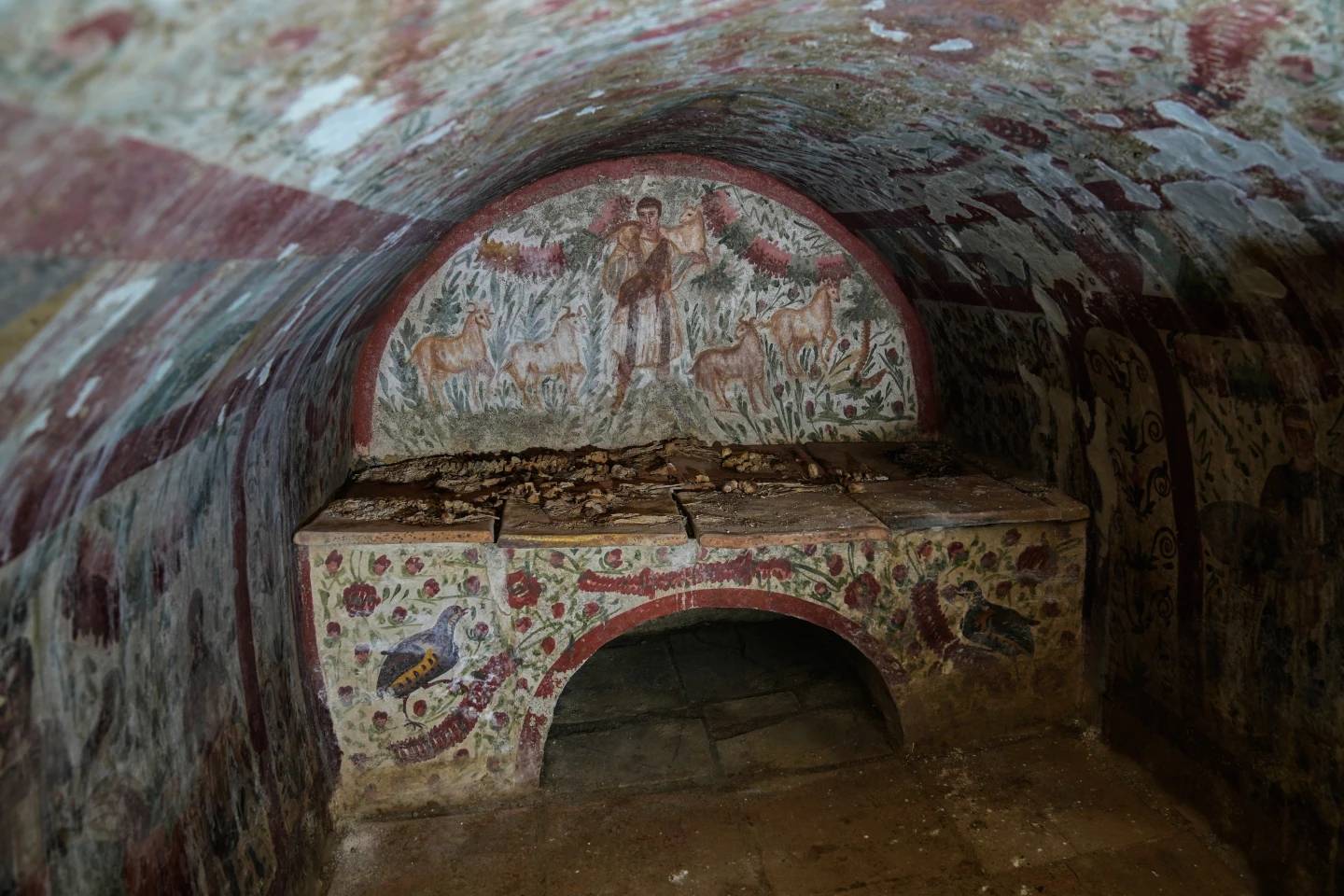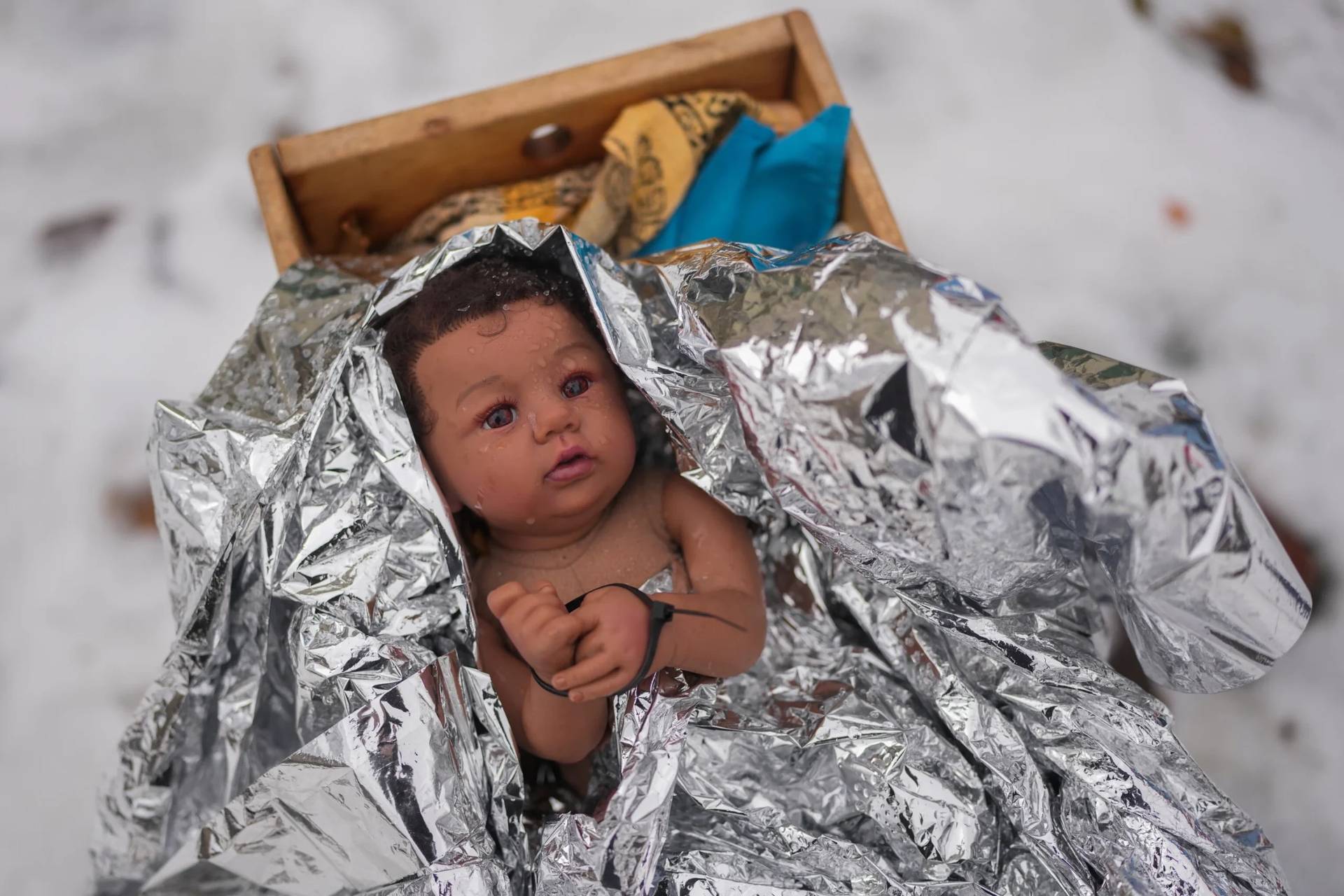In his visit to Fatima on Saturday, Pope Francis warned the half million member congregation to avoid a life that “profanes God in his creatures…Such a life…risks leading to Hell.”
In a secular age in which many dismiss the reality of Hell, Saint Padre Pio’s acerbic remark is memorable. When asked what he thought of modern people who do not believe in Hell he replied, “They will believe in Hell when they get there.”
“The teaching of the Church affirms the existence of Hell and its eternity. Immediately after death the souls of those who die in a state of mortal sin descend into Hell, where they suffer the punishments of Hell. The chief punishment of Hell is eternal separation from God.…” (CCC, para.1035)
“Our Lord warns us that we shall be separated from him if we fail to meet the serious needs of the poor and the little ones who are his brethren. To die in mortal sin without repenting and accepting God’s merciful love means remaining separated from him for ever by our own free choice. This state of definitive self-exclusion from communion with God and the blessed is called ‘Hell’. ..Jesus solemnly proclaims that he ‘will send his angels, and they will gather . . .’ all evil doers, and throw them into the furnace of fire, and that he will pronounce the condemnation: ‘Depart from me, you cursed, into the eternal fire!’” (CCC, para. 1033-1037)
What is Hell like? The young visionaries of Fatima were terrified by the vision of Hell they were given. During the third of the six visions the seers claimed that the Blessed Virgin Mary showed them “a sea of fire.”
“Plunged in this fire were demons and souls in human form, like transparent burning embers, all blackened or burnished bronze, floating about in the conflagration … amid shrieks and groans of pain and despair, which horrified us and made us tremble with fear,” The literalness of the vision given to the Fatima children corresponds with the terrifying visions experienced by other saints. This article collects some of the saintly insights into Hell.
St. Augustine and St. Gregory the Great taught that Hell was a particular place inside the earth. Modern theologians however have moved on from such a literal understanding. Instead of speaking of Hell as a place they refer to it as a state of being.
In Ludwig Ott’s work The Fundamentals of Catholic Dogma, “Hell is a place or state of eternal punishment inhabited by those rejected by God.” Theologian Robert J. Fox wrote: “Hell is a place or state of eternal punishment inhabited by those rejected by God because such souls have rejected God’s saving grace.”
This echoes papal teaching on Hell. The Catechism published by Pope Pius X in 1908 defined Hell by using the word “state” alone: “Hell is a state to which the wicked are condemned, and in which they are deprived of the sight of God for all eternity, and are in dreadful torments.”
In July 1999 Pope St. John Paul II also said, “the Bible uses ‘a symbolic language,’ which must be correctly interpreted … Rather than a place, Hell indicates the state of those who freely and definitively separate themselves from God, the source of all life and joy.”
Pope Benedict was less ambiguous, saying in a homily of March 2007, “Jesus came to tell us that he wants us all in heaven and that Hell, of which so little is said in our time, exists and is eternal for those who close their hearts to his love.”
Did a loving God create an eternal torture chamber? The theologian Hans Urs von Balthasar said that “we must see that Hell is not… not ‘created’ by God but by the free individuals who choose it.” C.S.Lewis famously observed that “the doors of Hell are locked from the inside.” In other words, those souls who are in Hell have chosen to reject God.
In his book The Great Divorce, Lewis affirms the ironic truth that souls who reject God would not be happy in heaven. Having first rejected everything that is beautiful, good and true, they have come to hate what is beautiful, good and true.
Heaven would therefore not be a source of pleasure for them, but a place of torture. This leads to the most intriguing speculation about Hell, that perhaps all souls experience the eternal light of God after death. The saved experience that light as a blazing, glorious radiance. The damned experience that same light as a burning torment.
Given the reality of Hell, will anyone be there for all eternity? In this article Cardinal Avery Dulles summarizes the church’s historic teaching and theological development on the subject of eternal damnation and salvation.
He points out that theologian Karl Rahner suggested that the everlasting mercy of God would not allow Hell to be populated, but that all would eventually be saved. While Von Balthasar does not go that far, in his famous book Dare We Hope he argues that one has at least the Christian duty to hope that all might one day be saved.
After all the Biblical interpretation, speculation, theological debate and mystical visions are done, Jesus’ warnings in the gospel should be heeded.















